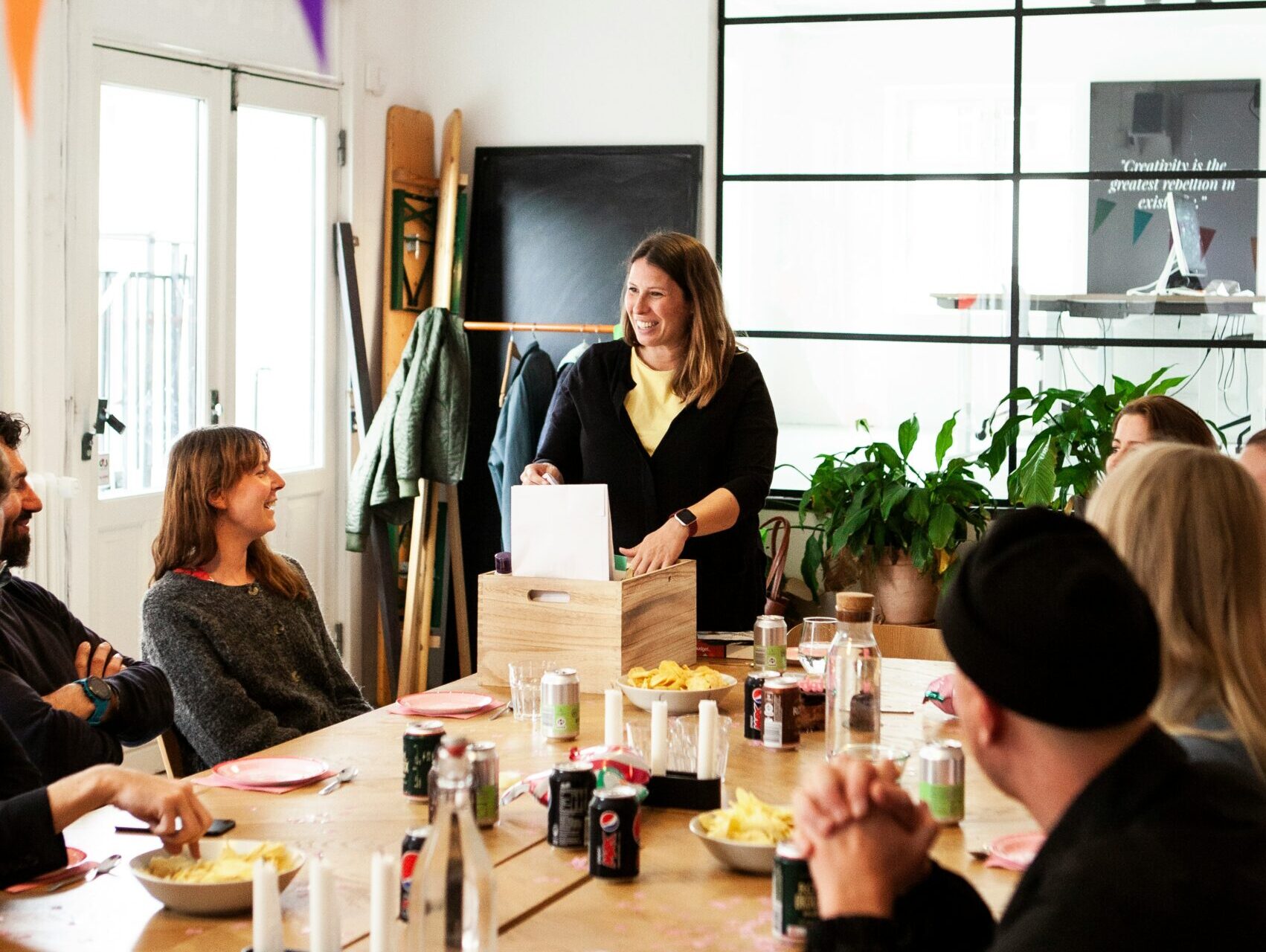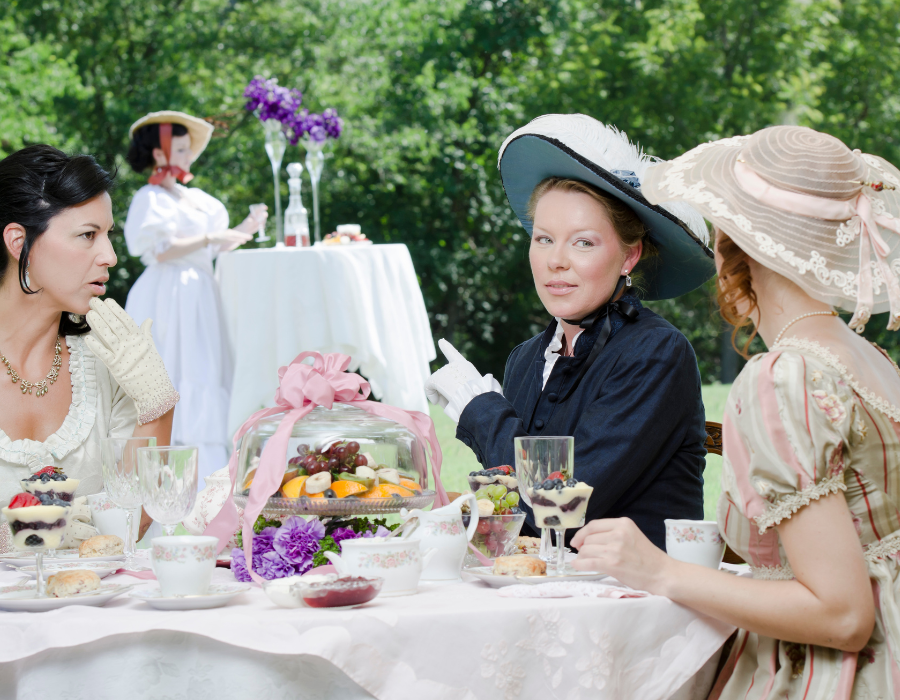Living and working in the modern world can be complex. As we navigate our personal and professional relationships, oftentimes we desire a linear and straightforward solution, but sometimes life gets messy and there isn’t always a way to resolve issues with a neat bow.
A helpful way to approach problems in our lives is to think about them as opportunities for innovation, creativity, and re-invention as opposed to breaking points. There are many ways to resolve common issues in the workplace, which allows teams to work together to devise a solution that best fits their culture and organizational goals.
This article is sponsored by Cornerstone for Women Leaders
Leading individuals through conflict resolution doesn’t need to be daunting or intimidating. There are many ways to guide individuals through conflict that not only build team cohesion, but also strengthen your skills in diplomacy, active listening, compassion, and communication. When we pause and ask, “How can I resolve this issue in a way that aligns with my values and beliefs,” we can determine ways to resolve a problem in a way that honors and uplift others.
Here are some strategies for creative problem-solving as a leader.
You Might Also Be Interested In
- A Girls Guide To Conflict Resolution in the Workplace
- Setting Intentions as a High-Impact Leader
- Today, I Showed Up. Here Is How To Show Up
- 15 Questions To Get To Know Your Coworkers Better
Transparency is Key in Problem-Solving
You can’t solve a problem that you hide from your team. Whether the problem is client-related or team-related it may be time to open up the floor to allow creativity to flow.
“The last two months we have missed 3 out of 5 deadlines by two days, what can we do to solve this?”
Sometimes, being transparent can lead to open (and creative) discussions. Perhaps the solution is baking in an extra day or two into the project or maybe it’s speaking with your team on where needless time is being utilized (maybe a meeting COULD actually be an email, to save time).
The moral is, that if you aren’t sharing with your team, you will never get feedback and ideas to create new processes.

Use Wisdom to Turn Challenges into Opportunities
When you are in a leadership position, you are not only problem-solving but also leading a team of individuals.
Consider the problem: you lost a team member who moved to another state and now you have four people doing the job of five people. From a macro standpoint, the idea is to hire someone to fill the place as soon as possible but as the team lead, that requires a lot of steps involving other teams like finance and HR.
How would you break it down into micro steps? First, pause and reflect on the details of the issue. Next, visualize the tasks and think of ways you can delegate tasks temporarily to other team members in the interim. Imagine what will be needed in terms of filling this position and qualifications, then make a task list to provide to HR. Finally, involve the current team members to fill in gaps of what would be helpful in terms of skill sets, tasks that would be important to be filled sooner rather than later to avoid setbacks, and any further feedback for the position opening.
You not only turned “hire someone new,” into smaller, more manageable steps but you offer creative problem-solving by visualizing the needs of your team, involving them in the hiring process, and gathering data and feedback needed to optimize this need to be filled.
Seek Wisdom and Embrace Innovation
As a leader, it is imperative to create a workplace culture where you can have an open and honest conversation with your team.
When there is a problem or new project that needs to be addressed, having meetings to discuss ideas that prioritize developing and outlining concrete steps needed to reach the desired result. These brainstorming meetings can be fertile ground for new ideas, innovation, and outside of the box thinking.
For example, you might not be aware of a new platform that could simplify a task for your team, but one of your employees is. They share this information with you, and you agree that it would streamline many time-consuming processes. Without this open brainstorming discussion, the solution wouldn’t have been discovered or shared, and the problem of time constraints wouldn’t have been resolved by this simple technology.
Ensuring that feedback, both verbal and written, is constructive is vital for keeping things positive and avoiding conflict during brainstorming sessions.
Have an Open Mind and Be Willing To Adapt
When problems are communicated openly and with a spirit of resolution, issues can be readily resolved with transparency, brainstorming and problem-solving visualizations.
Systematic and creative changes come from all levels and being open-minded to the feedback to do things differently to get the same result (albeit faster, more cost-effectively, or even in a way that does not burn out your team) can yield beneficial results.
When you create strategies for how you approach creative problem-solving, you already have the framework to continually test and improve the process itself as your business, team, and even you change as a leader.
If you need a quick four-step method, Harvard Business School has shared four easy-to-remember steps when it comes to creative problem-solving which are as follows:
- Clarify and identify the problem and empathize with those experiencing it
- Ideate and come up with innovative ideas to problem-solve
- Develop to move from ideas to experiments for critique and retesting
- Implement and continue to refine solution/s
We love seeing creativity shine, especially with so many individuals in leadership positions within our community. When we approach problem-solving with open-mindedness, we can find creative solutions to the problems we experience.

Sarah DeGeorge
Sarah is a digital marketing specialist who works in paid and organic marketing, public relations, and social media marketing and management to help small businesses find their authentic voice for their audience. When Sarah is not working on a digital marketing strategy, you will find her on a walk at a local park, reading, or working in animal rescue and rehabilitation.



























Subscribe so you don’t miss a post
Sign up with your email address to receive news and updates!